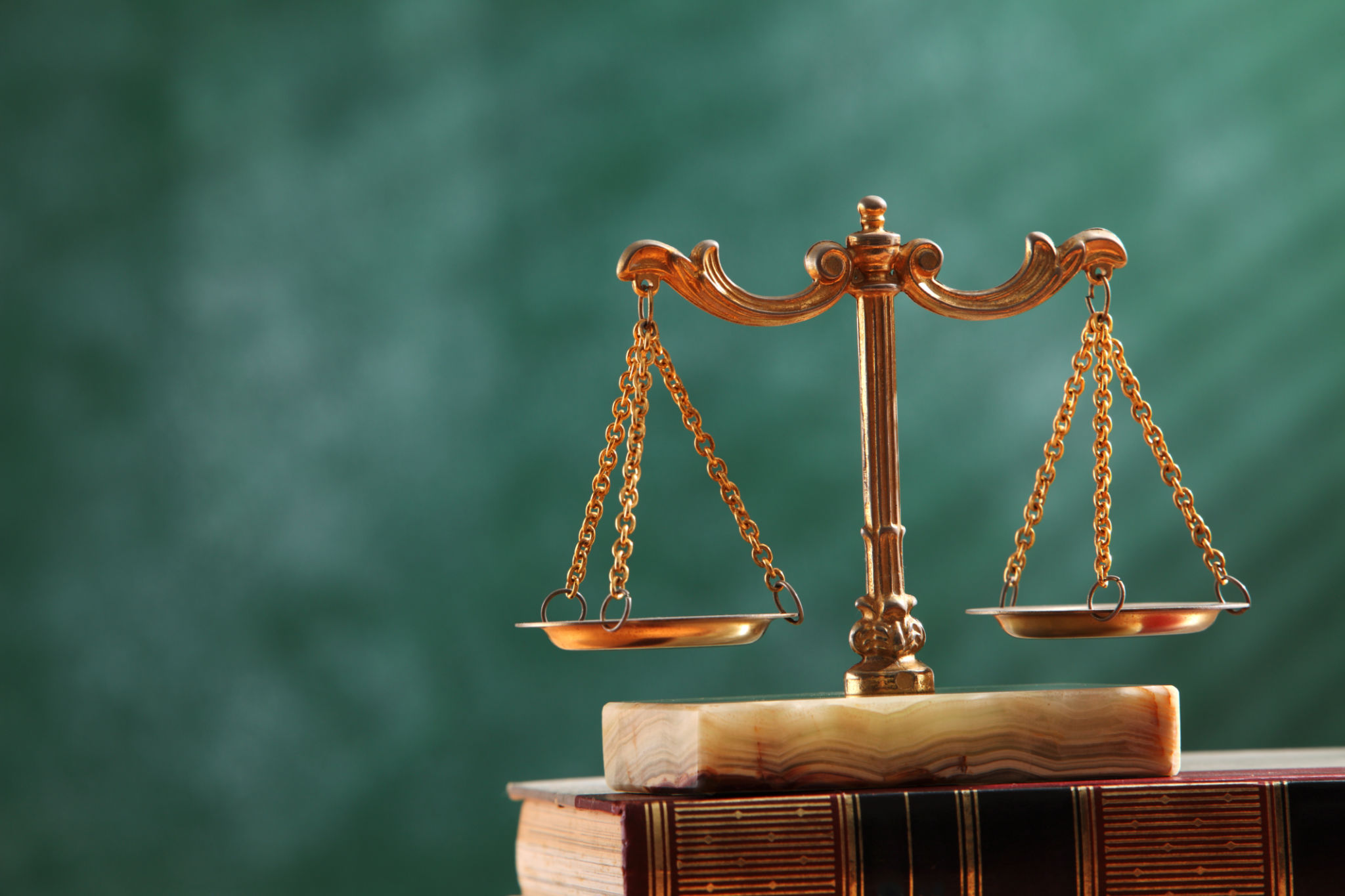Comprehensive Guide to Understanding Criminal Justice Reform
Understanding the Basics of Criminal Justice Reform
Criminal justice reform is a pressing issue that has captured the attention of policymakers, activists, and the general public. At its core, it involves a comprehensive reevaluation and restructuring of various components within the criminal justice system. This reform aims to address systemic inequalities, reduce mass incarceration, and improve overall fairness and efficiency.
The need for criminal justice reform is underscored by the fact that the United States has one of the highest incarceration rates in the world. This includes a disproportionate number of minorities and individuals from low-income backgrounds. Reform efforts focus on creating a more equitable system that ensures justice is served without bias.

Key Components of Criminal Justice Reform
Sentencing Reform
One of the major areas of focus in criminal justice reform is sentencing. Historically, certain laws have led to disproportionately harsh penalties for non-violent offenses, particularly drug-related crimes. Sentencing reform aims to introduce fairer sentencing guidelines, eliminate mandatory minimums, and promote rehabilitation over punishment.
Bail Reform
Another critical aspect of reform is changing the bail system. The current system often disadvantages those who cannot afford to pay bail, leading to prolonged pretrial detention for individuals who have not been convicted of a crime. Bail reform seeks to eliminate cash bail or replace it with risk-based assessments to ensure that individuals are not incarcerated simply because they lack financial resources.

Addressing Racial Disparities
Racial disparities are a significant concern within the criminal justice system. African Americans and other minority groups are often subject to harsher treatment at every stage of the process, from arrest to sentencing. Criminal justice reform addresses these inequalities by promoting policies that ensure equal treatment and representation for all individuals.
Efforts to tackle racial disparities include implementing bias training for law enforcement officers, revising policing practices, and fostering community engagement to build trust between law enforcement and minority communities. These measures aim to create a more inclusive and just system.

The Role of Rehabilitation and Reintegration
Rehabilitation and reintegration are essential components of criminal justice reform. The focus is shifting from punishment to programs that provide education, job training, and mental health support for incarcerated individuals. These initiatives aim to reduce recidivism rates by equipping former inmates with the tools needed to successfully reintegrate into society.
Reform efforts also emphasize the importance of restorative justice practices, which encourage accountability and healing for both offenders and victims. This holistic approach seeks to repair harm and foster a sense of community.
The Impact and Future of Criminal Justice Reform
Criminal justice reform has the potential to create a more fair and equitable society. By addressing systemic issues within the justice system, we can reduce incarceration rates, save taxpayer money, and improve public safety. The ongoing push for reform is supported by a diverse coalition of advocates, from grassroots organizations to policymakers at the highest levels.
The future of criminal justice reform will likely involve continued advocacy and legislative changes aimed at creating a system that reflects the principles of fairness, equality, and justice for all. As society evolves, so too must our approaches to law enforcement and criminal justice.